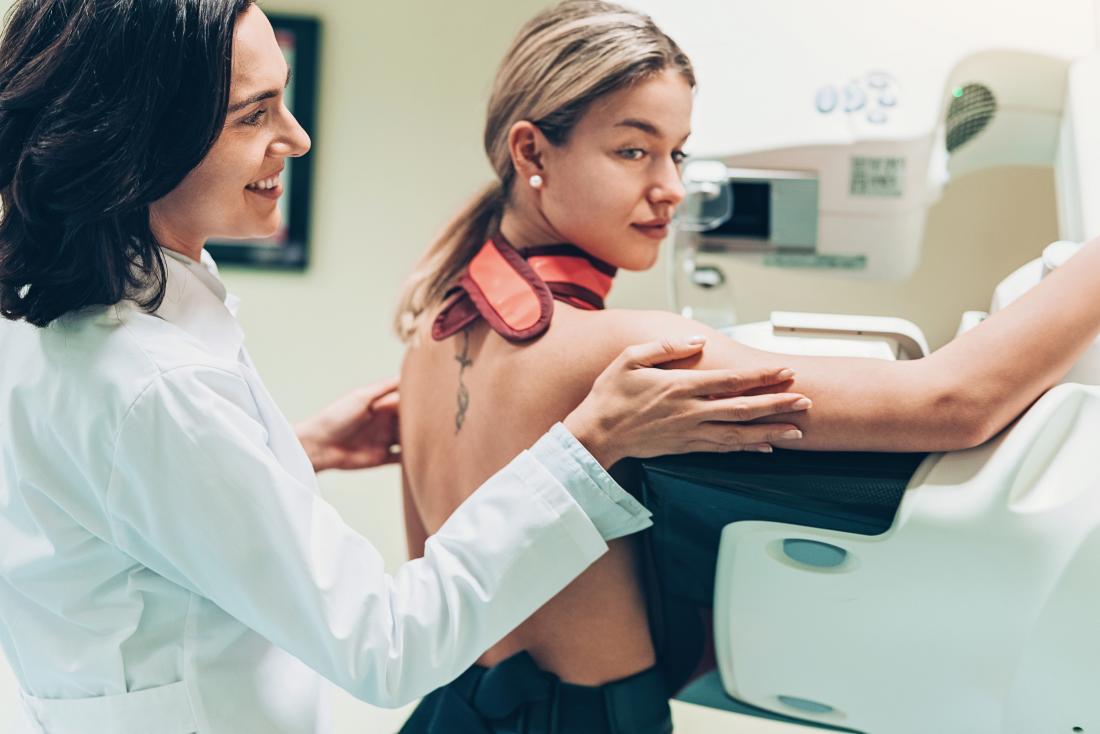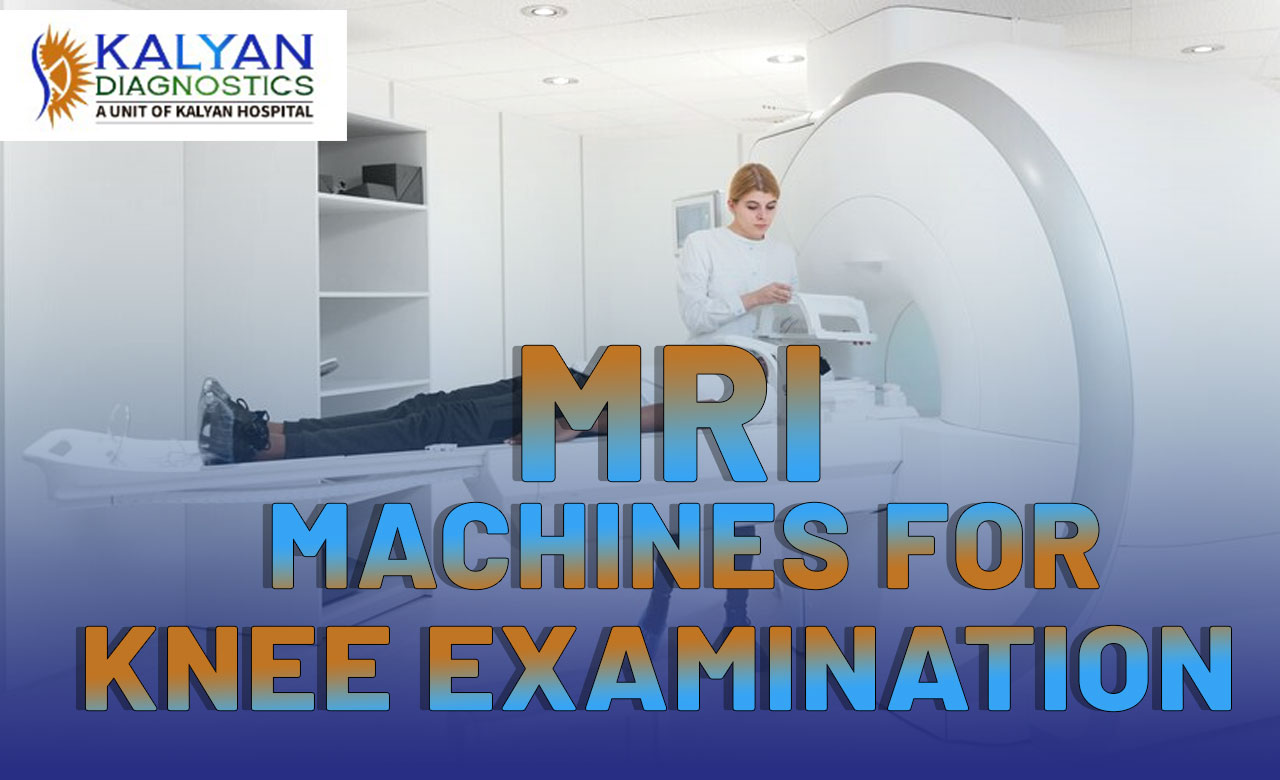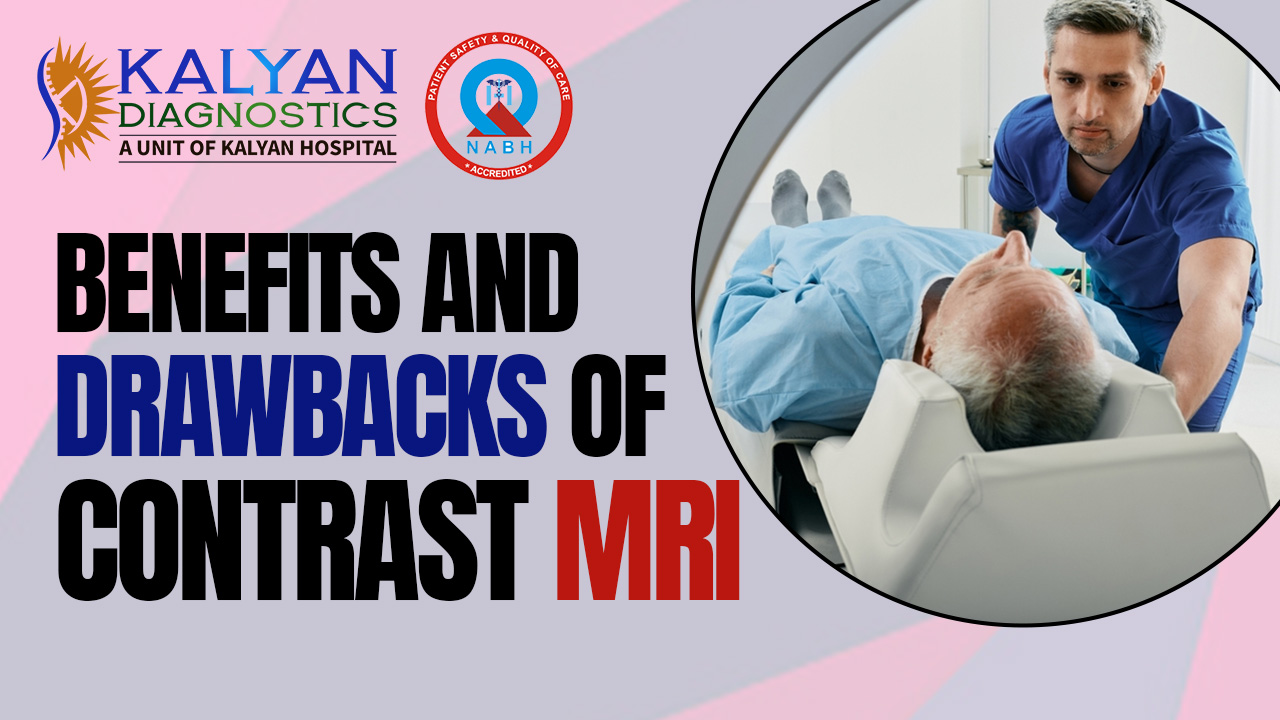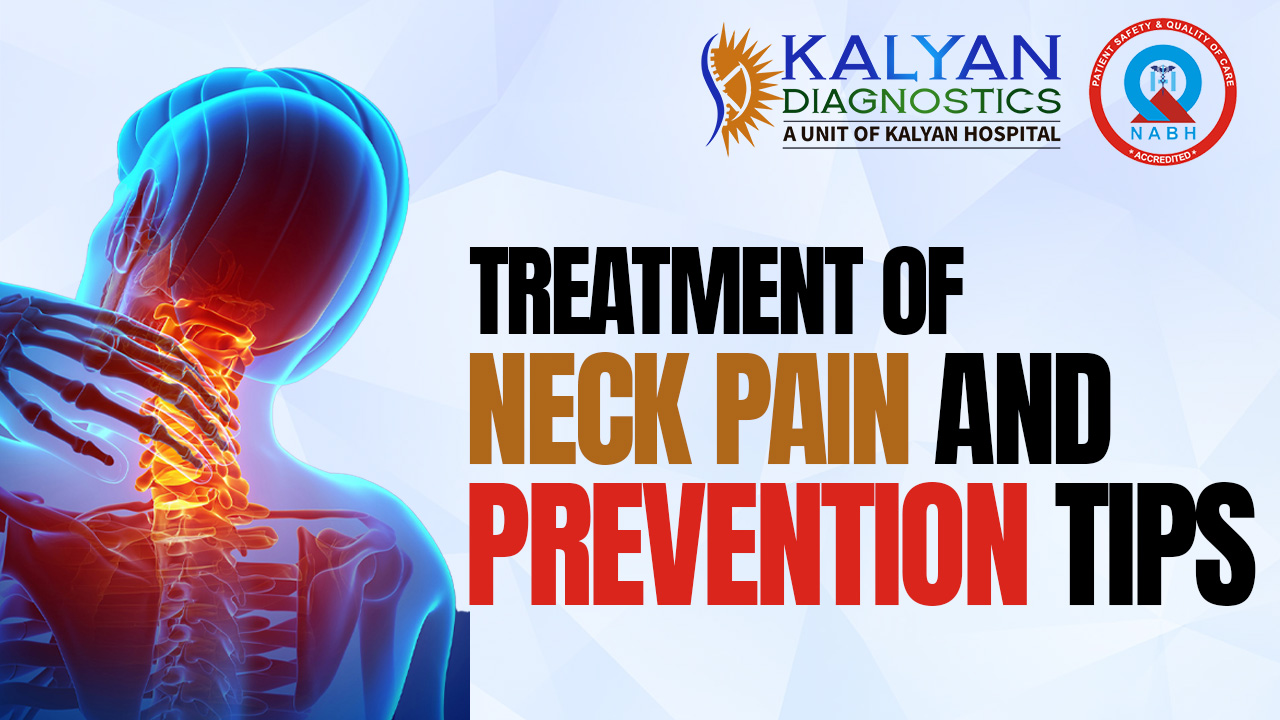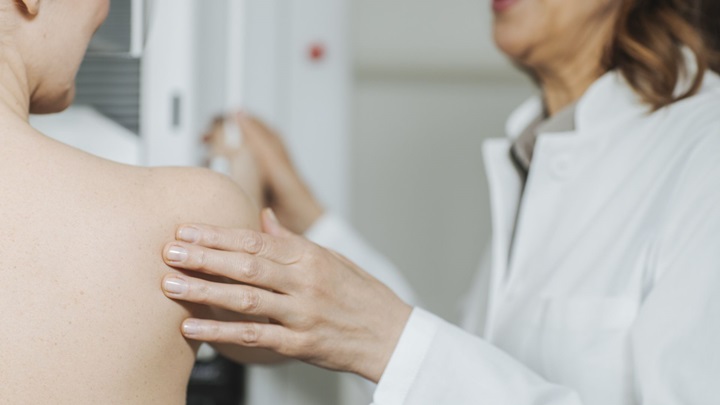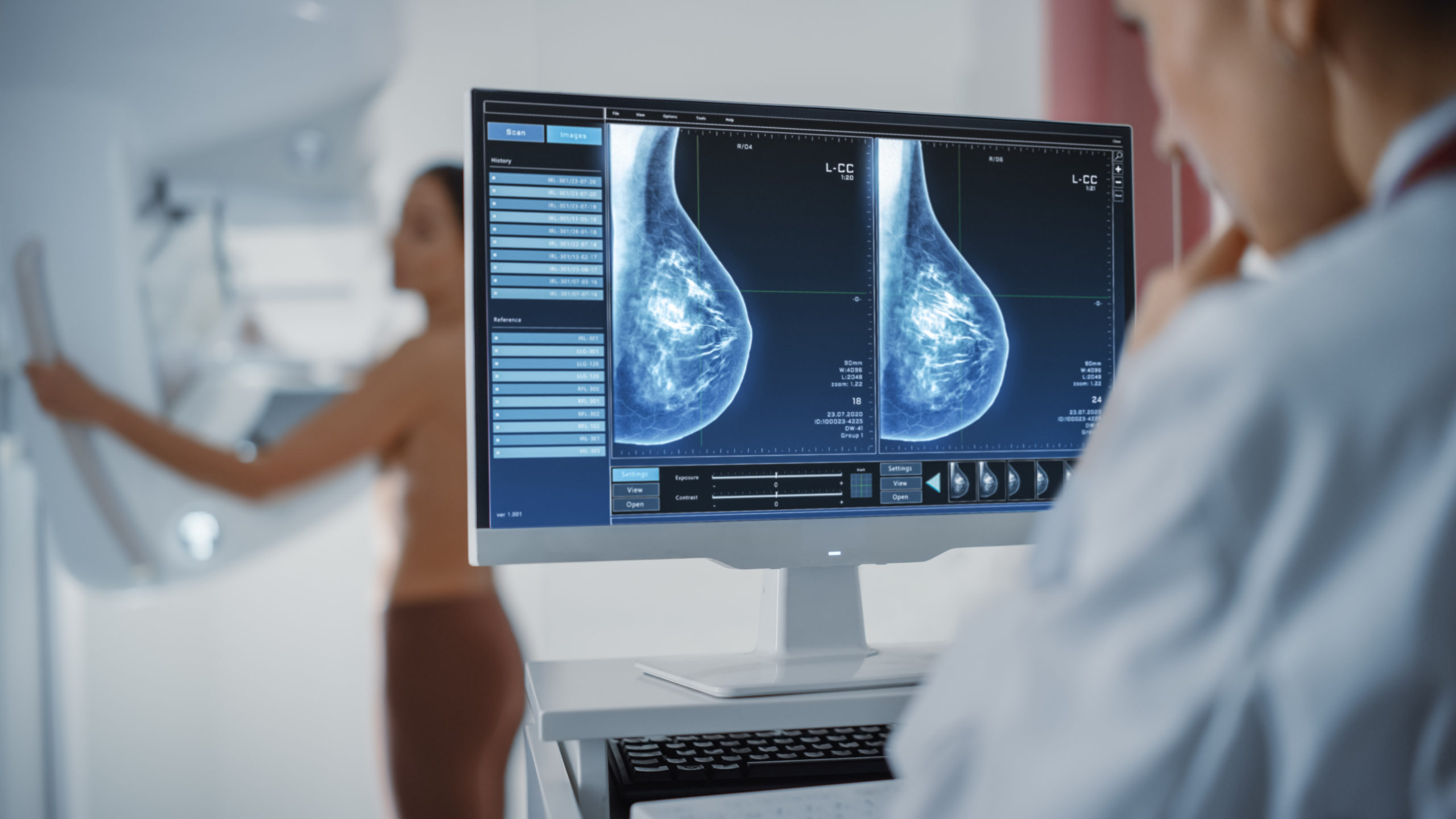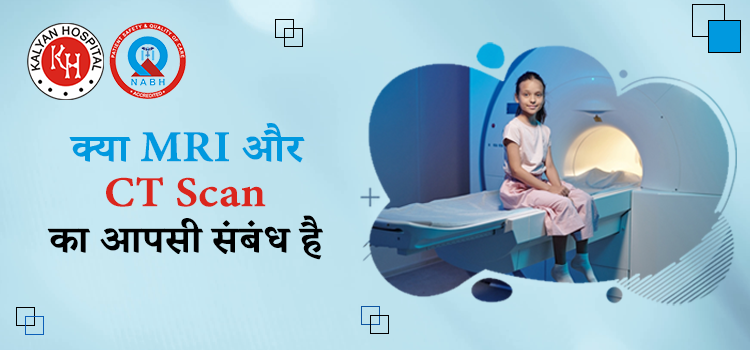Most patients with low back discomfort with nerve root compression benefit from MRI Lumbar spine imaging. When it comes to identifying nerve damage brought on by spondylolisthesis, spinal stenosis, or intervertebral disc herniation, the scan is quite sensitive. Magnetic resonance imaging is the most effective imaging technique for examining and diagnosing such lumbar area issues.
What is the definition of the MRI Lumbar spine imaging?
Patients experiencing low back pain that is related to nerve root compression are the primary candidates for MRI lumbar spine. Spondylolisthesis, spinal stenosis and intervertebral disc herniation can all cause nerve injury that the very sensitive scan can detect. Lumbar magnetic resonance imaging is the most effective technique for assessing and identifying such issues. Book an appointment with the best diagnostic center in Ludhiana to get a quality MRI.
Why is MRI lumbar spine imaging done?
The lumbar MRI spine imaging can check all the bone problems related to the spinal cord.
- Back pain accompanied by fever.
- Congenital disabilities affect your spine.
- Injury to your lower spine.
- Persistent or severe lower back pain.
- Multiple sclerosis.
- Problems with your bladder.
- Signs of brain and spinal cancer.
- Weakness, numbness and other issues with your legs.
Preparation for the MRI lumbar spine imaging
Before the scan, your doctor will ask you to remove all jewelry and body piercings and change into a hospital gown. MRI magnets can occasionally attract metals. The preparation for scan is as following:
- Artificial heart valves
- Clips
- Implants
- Pins
- Plates
- Prosthetic joints or limbs
- Screws
- Staples
- Stents
Benefits of the MRI lumbar spine imaging
There are several benefits of the MRI lumbar spine imaging.
- Detailed Visualization: Magnetic Resonance Imaging offers pictures of the lumbar spine, encompassing the muscles, nerves, spinal cord, discs, vertebrae, and other soft tissues.
- Non-Invasive: Magnetic resonance imaging is a non-invasive method that does not employ ionizing radiation, unlike CT or X-ray scans.
- Multi-Plane Imaging: Magnetic Resonance Imaging enables imaging in several planes, offering various perspectives of the lumbar spine.
- Soft Tissue Differentiation: Magnetic Resonance Imaging helps distinguish between various soft tissue types. This is essential for diagnosing infections, tumors, spinal stenosis, herniated discs, and spinal cord and nerve root health.
- Functional Information: Diffusion-weighted imaging and functional MRI are two modalities that can shed light on the spinal cord and nerves’ current state of function.
- Identification of Pain Source: An MRI scan can assist in locating potential pain sources, such as herniated discs, degenerative changes, or anomalies in the spine, for individuals who have chronic lower back pain.
- Pre-Surgical Planning: MRI scans can give doctors vital information regarding the type and location of anomalies if surgery is considered a therapeutic option.
Risk factor of MRI lumbar spine imaging
Unlike an X-ray or CT scan, an MRI does not require ionizing radiation. It’s seen to be a safer substitute, particularly for expectant mothers and developing kids. Although they do occasionally occur, adverse effects are incredibly uncommon. The radio waves and magnets utilized in the scan have not yet been associated with known adverse effects.
Individuals with metal implants run specific hazards. The magnets used in an MRI can cause implanted screws or pins to move around in your body, or they can cause issues with pacemakers.
The diagnostic center does the MRI with a prescription given by a well-qualified and experienced doctor. Book an appointment with Kalyan Diagnostics for better-quality scans. It is also one of the best centers for MRI scans. MRI Cost in Ludhiana is only 3500-7000 bucks.


